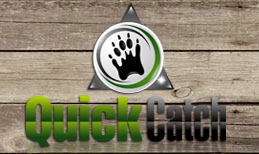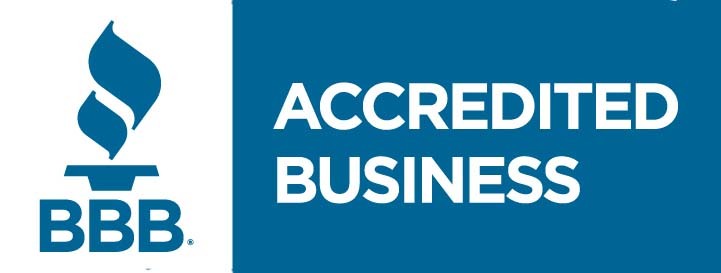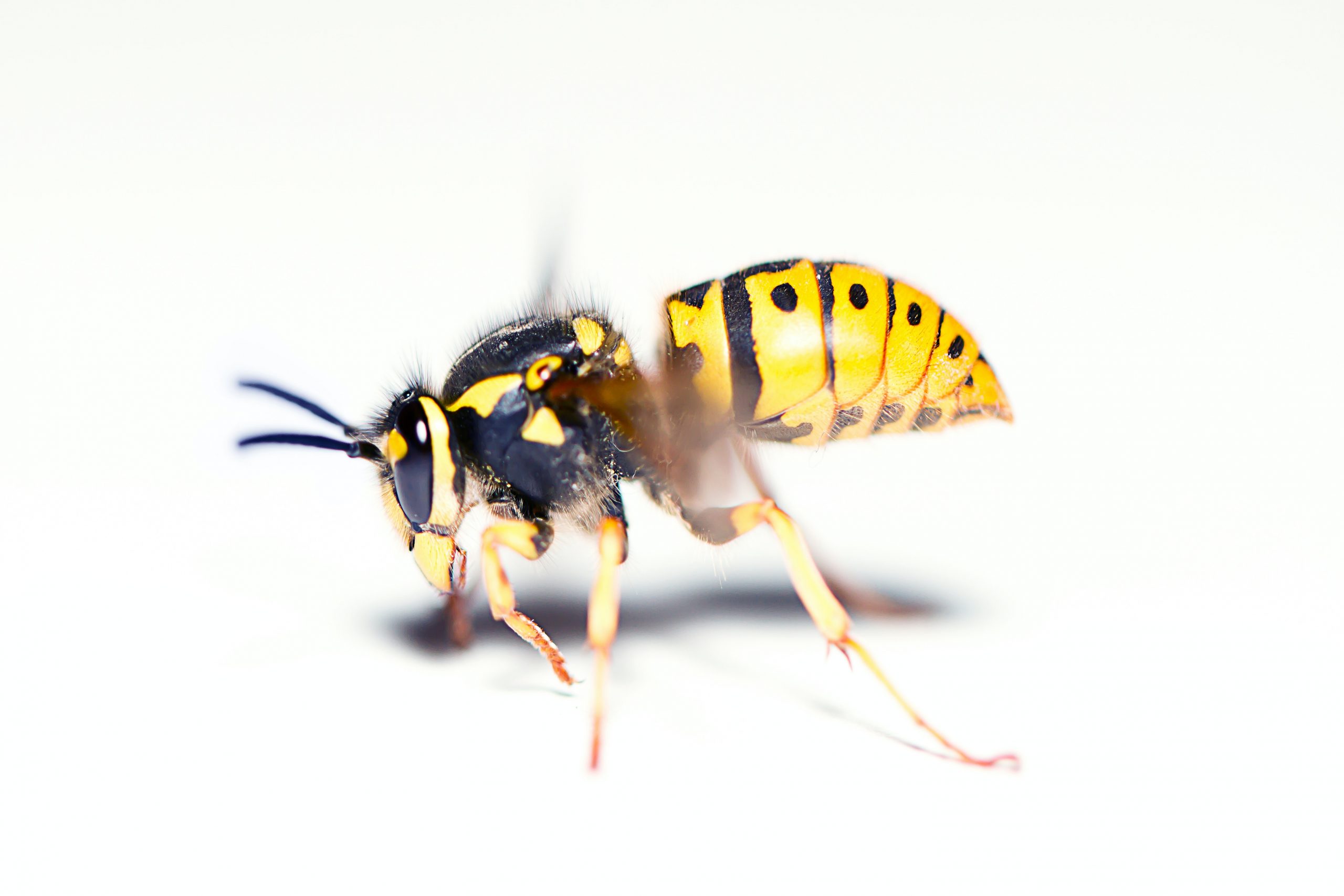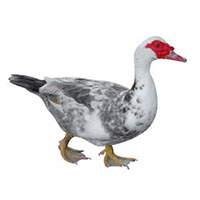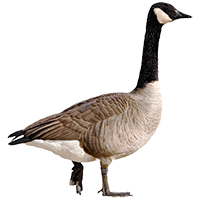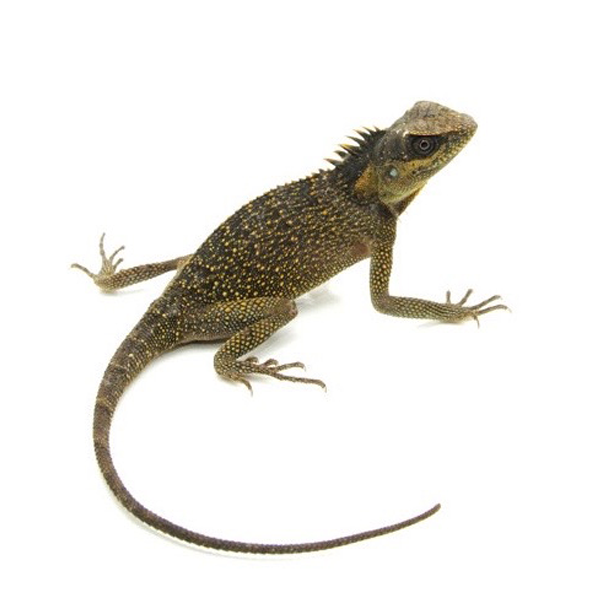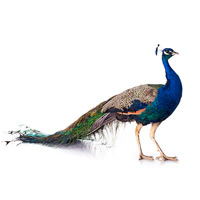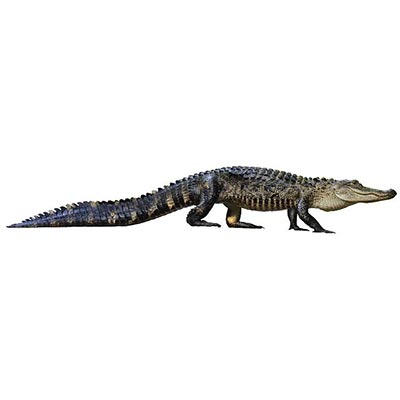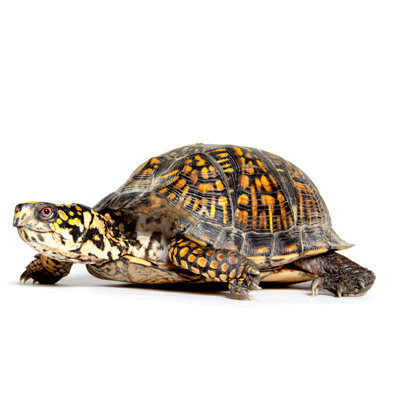How Dangerous is a Water Moccasin?
How Dangerous is a Water Moccasin?
The swamps of the southeastern United States are full of all sorts of critters, from turkeys to deer to wild hogs … and of course, snakes. One of the most unassuming snakes out there is also one of the most venomous species in North America: the water moccasin, also called the cottonmouth.
Where do you find water moccasins?
Like most snakes, water moccasins eat live prey, with frogs and small fish being their primary food source. When prey is scarce, they have also been known to scavenge food, such as small animals they find decaying in the swamp. In any case, they hang out in warm, wet environments. And yes, they can swim! So, you should always be cautious when you’re near any sort of waterway. You’ll also find water moccasins under rotting logs, in damp brush, and anywhere they might find food.
How can you tell if it’s a water moccasin?
Adult water moccasins are rather plain-looking and can easily be mistaken for non-venomous species such as the banded watersnake. Juveniles are a bit easier to identify thanks to their blotchy bellies and a lime green tip to their tail. However, they also have a banded pattern that gives them great camouflage — so be wary of leafy beds or other places where they can easily blend in.
Water moccasins’ most unique feature is their bright white mouth, hence their other name, cottonmouth. They will open their mouths when they feel threatened. This is a warning to “stay away!” and you should listen!
Remember, most snakes don’t want to deal with you. In fact, they may be more afraid of you than you are of them. So, give them their space. Do not attempt to remove or kill them; many bites only happen because people are trying to do this!
When will water moccasins bite?
Any animal will bite when it feels threatened, and snakes are no different. However, water moccasins have powerful venom that causes tissue damage. That’s because their venom is not just a defense mechanism. It’s also how they trap and digest their prey.
This means that water moccasins’ venom is precious to them, and they don’t want to bite if they don’t have to! Adult snakes learn to conserve their venom and may not even release it when they strike in self-defense. This is called a dry bite, and while it’s painful, it’s not as dangerous as a fully venomous bite from a juvenile.
This is why baby water moccasins are especially dangerous. They have excellent camouflage, and they often release all their venom when they bite, even if they don’t mean to. A started juvenile will try to defend itself. They don’t know the difference between you and a potential predator!
So, be cautious around wet environments, especially rotting wood or piles of leaves. If your home is near the swamp, always check any baskets of laundry, piles of firewood, and other damp places in your garage, shed, or porch.
What should you do when you encounter a water moccasin?
If you’re in a wild environment, steer clear of the snake. Do not attempt to move it or kill it. Often, it will slither away on its own. Always heed their white-mouth warning!
If the snake is in your home, you’ll need to call a professional to come and capture it. A wild animal removal team can safely catch the snake and release it where it belongs. Never try to remove a water moccasin yourself!
To make your home less appealing to water moccasins, minimize the amount of wood stacks, standing water, and brush piles you have around. Remember, they are not out to get you. They want to eat frogs, so they’ll go where the frogs are: warm, wet hiding places with decaying plants and wood. Keep your home tidy and dry, and the water moccasins will be more likely to stay in the swamp where they belong.
Tags: cottonmouth, snake removal, snakes, venomous snakes, water moccasin
Read more posts from the Category Snake and Reptile Removal.




